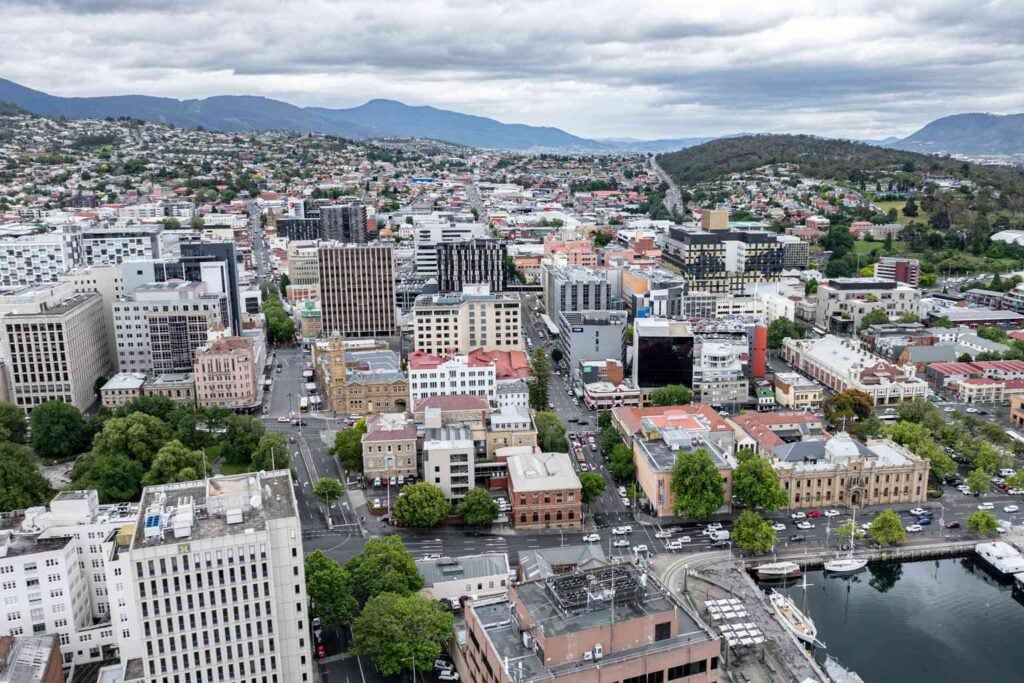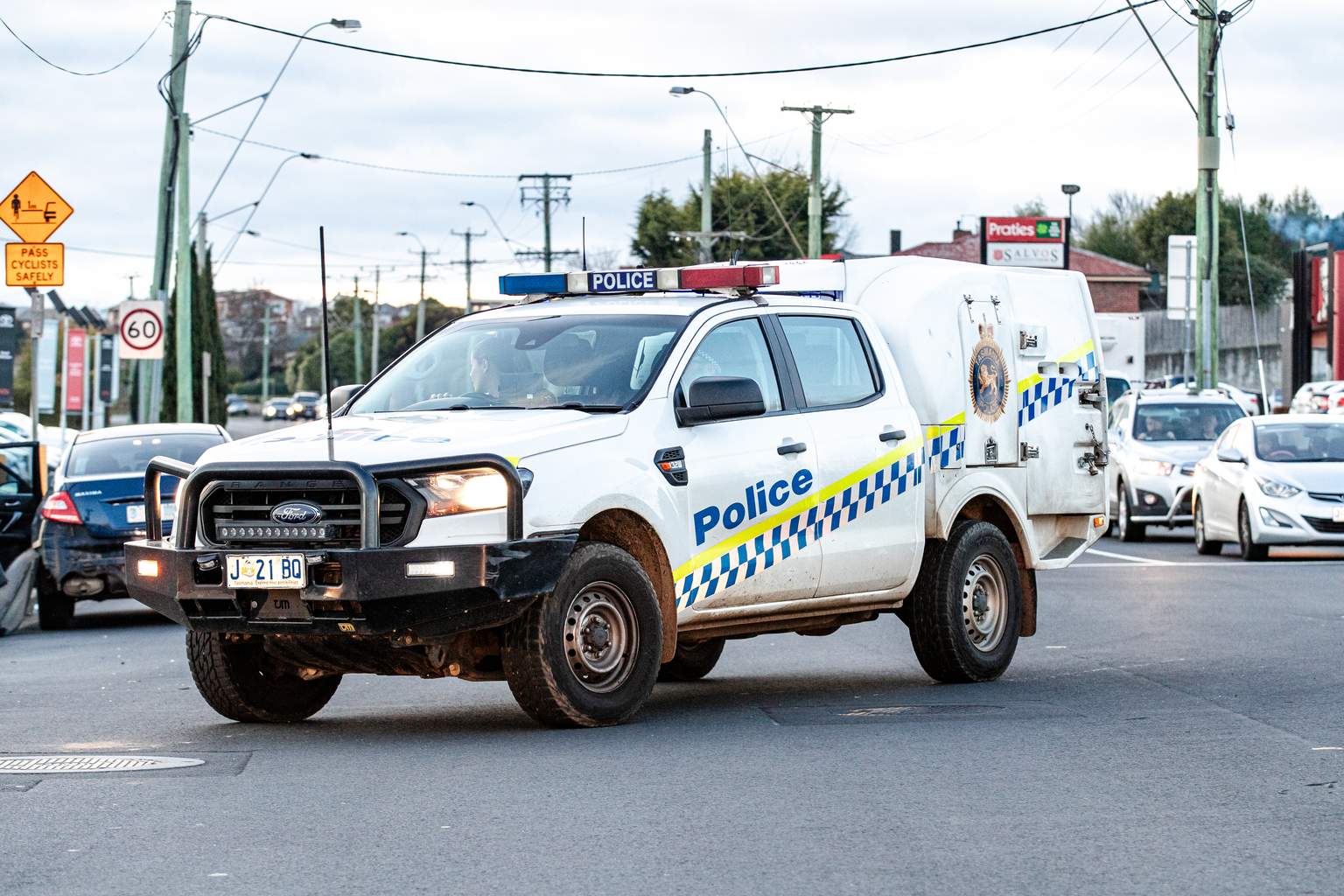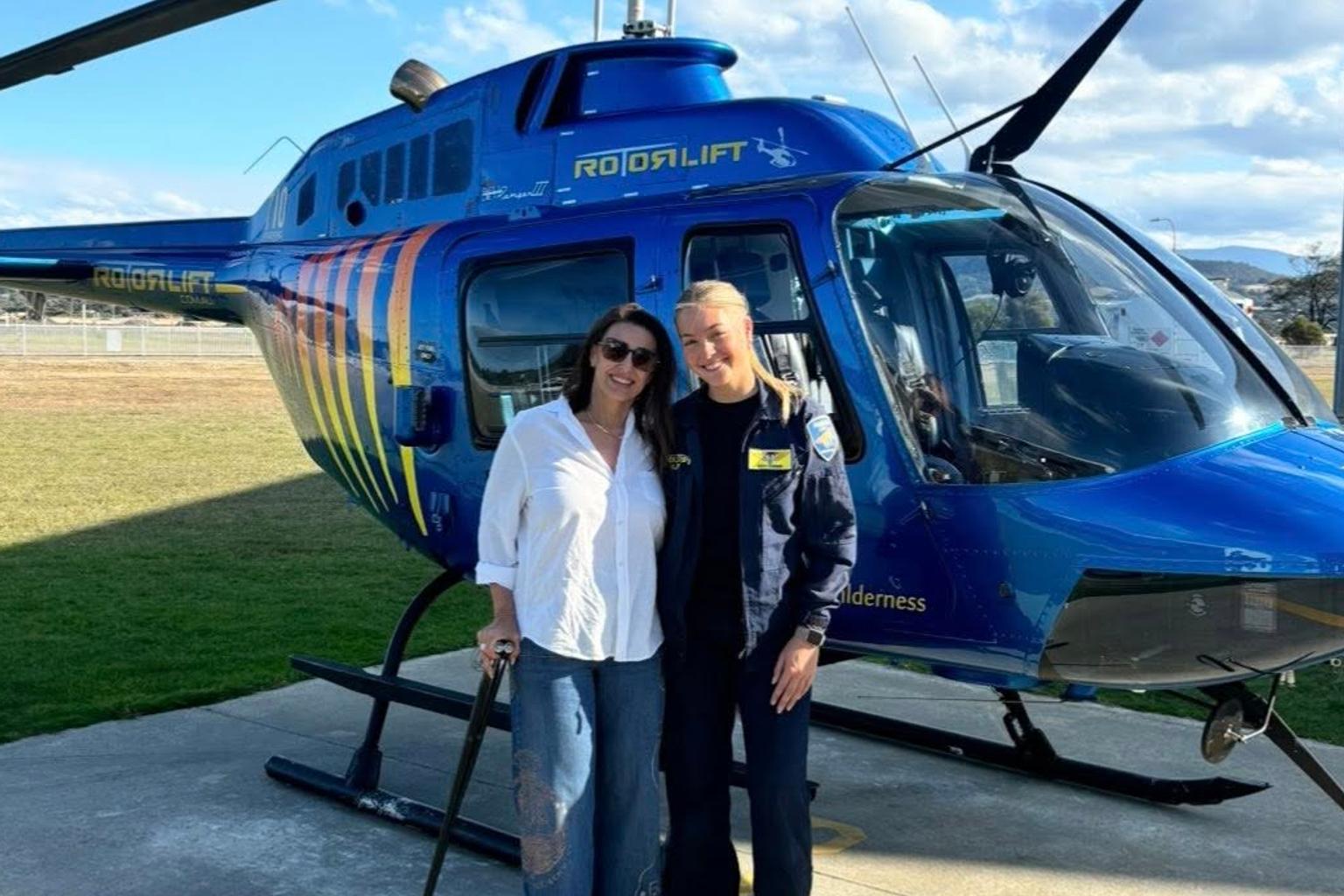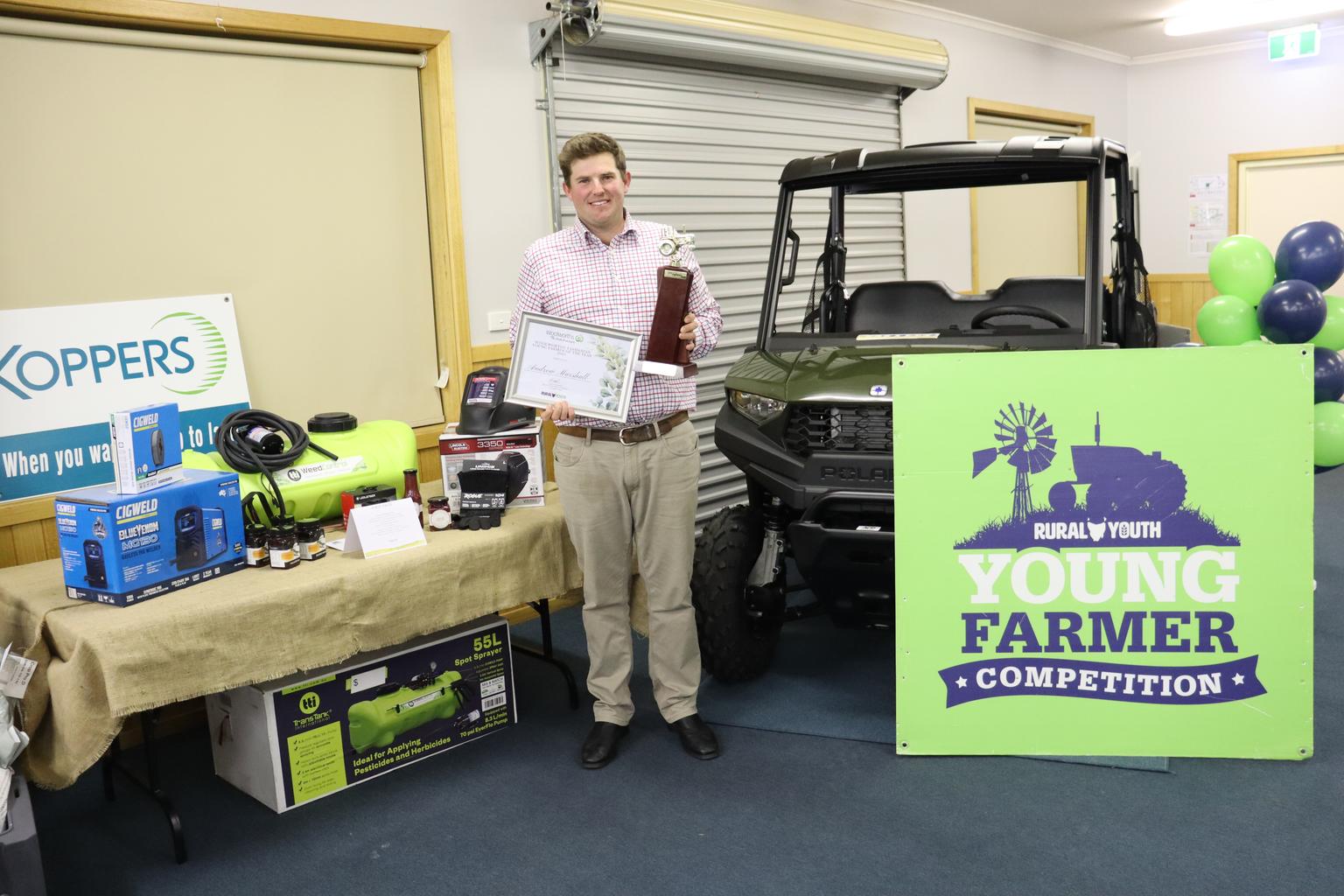Tasmania’s business community has hit a speed bump, with annual growth slowing dramatically from 4.2% in 2021-22 to just 0.5% in the past year, new data shows.
The Australian Bureau of Statistics’ Counts of Australian Businesses report revealed the state’s total business count reached 44,244 in June 2025, showing an overall increase of 3,523 businesses since 2021.
However, Tasmanian Chamber of Commerce and Industry CEO Michael Bailey warns the sharp slowdown signals potential economic challenges ahead.
“The slowdown in new business growth is a warning sign,” Bailey said.

“While overall numbers are higher than four years ago, fewer Tasmanians are taking the leap into business, and too many of those who do are failing to survive beyond the first few years.”
Business survival rates remain a significant concern, with only 65.6% of businesses operating in June 2021 still active today, placing Tasmania in the middle of the national rankings.
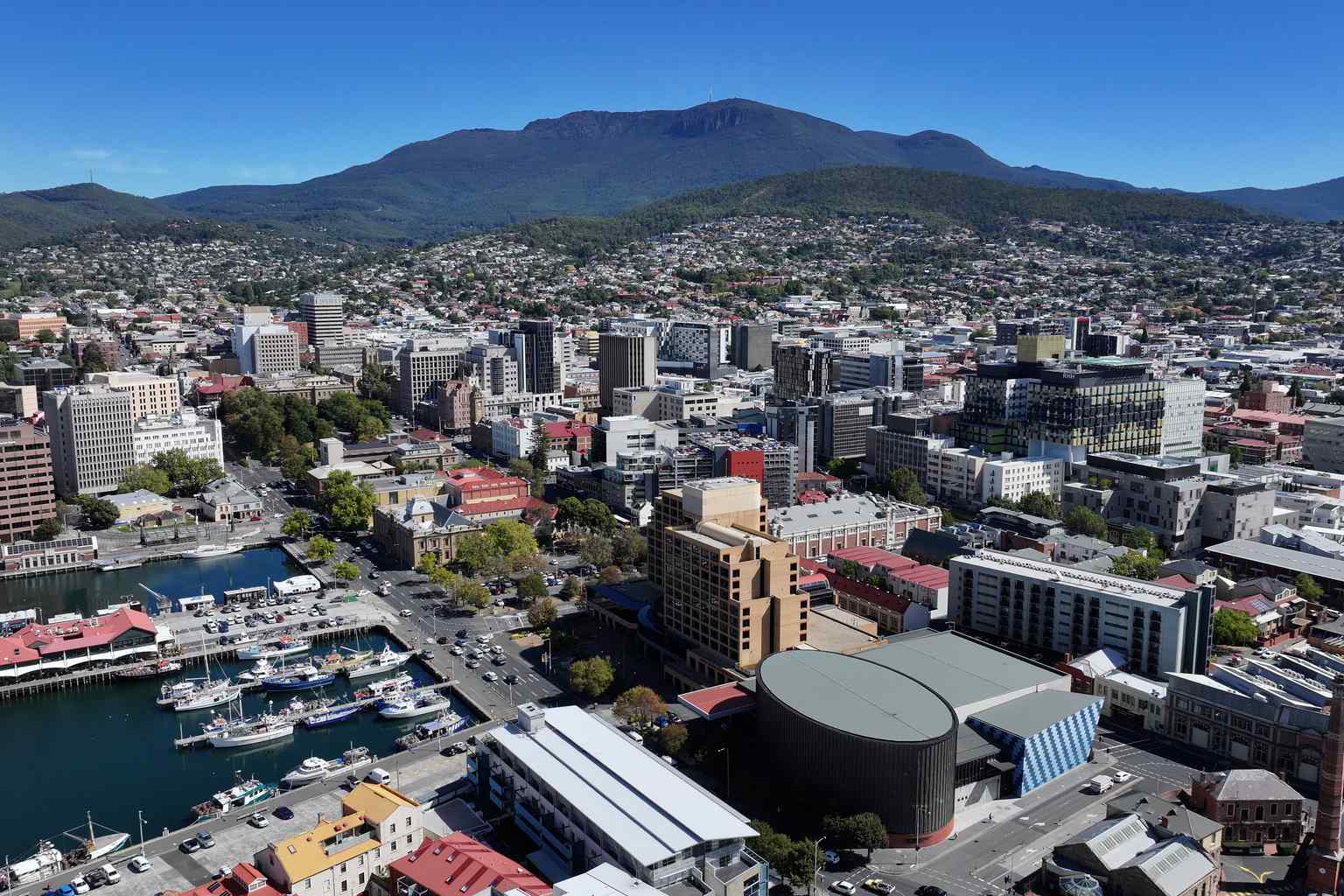
The data shows varying fortunes across key industries. Agriculture, Forestry and Fishing recorded one of the strongest survival rates at 74.9%, despite a small decline in total business numbers since 2021.
Manufacturing has grown modestly by 5.7% since 2021 but faces survival challenges with only two-thirds of firms remaining operational.
The Construction sector continues to add the largest number of new businesses while simultaneously recording the weakest survival rate, with only 61% of firms from 2021 still operating.
“Agriculture is resilient because it is built on stable demand and long-term markets,” Bailey said.
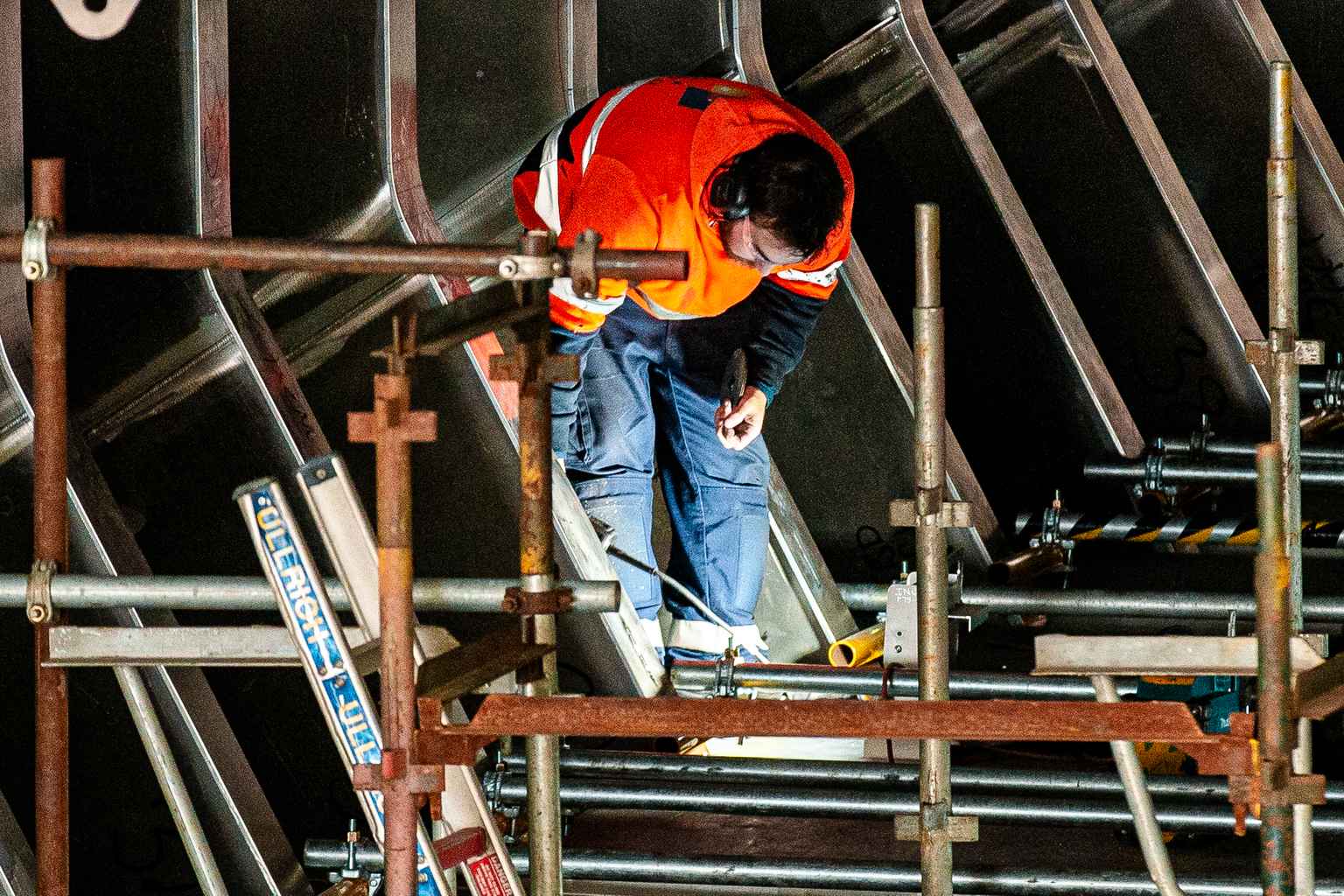
“Manufacturing and construction, by contrast, are showing high turnover, with lots of new businesses starting, but too many closing down.”
The TCCI is calling for immediate action from all levels of government to revitalise business confidence through cutting red tape, streamlining approvals and ensuring access to workers and finance.
“With momentum slowing, we must take steps now to restore business confidence,” Bailey said.
“That’s how we lift survival rates, attract new investment and build a stronger Tasmanian economy.”

